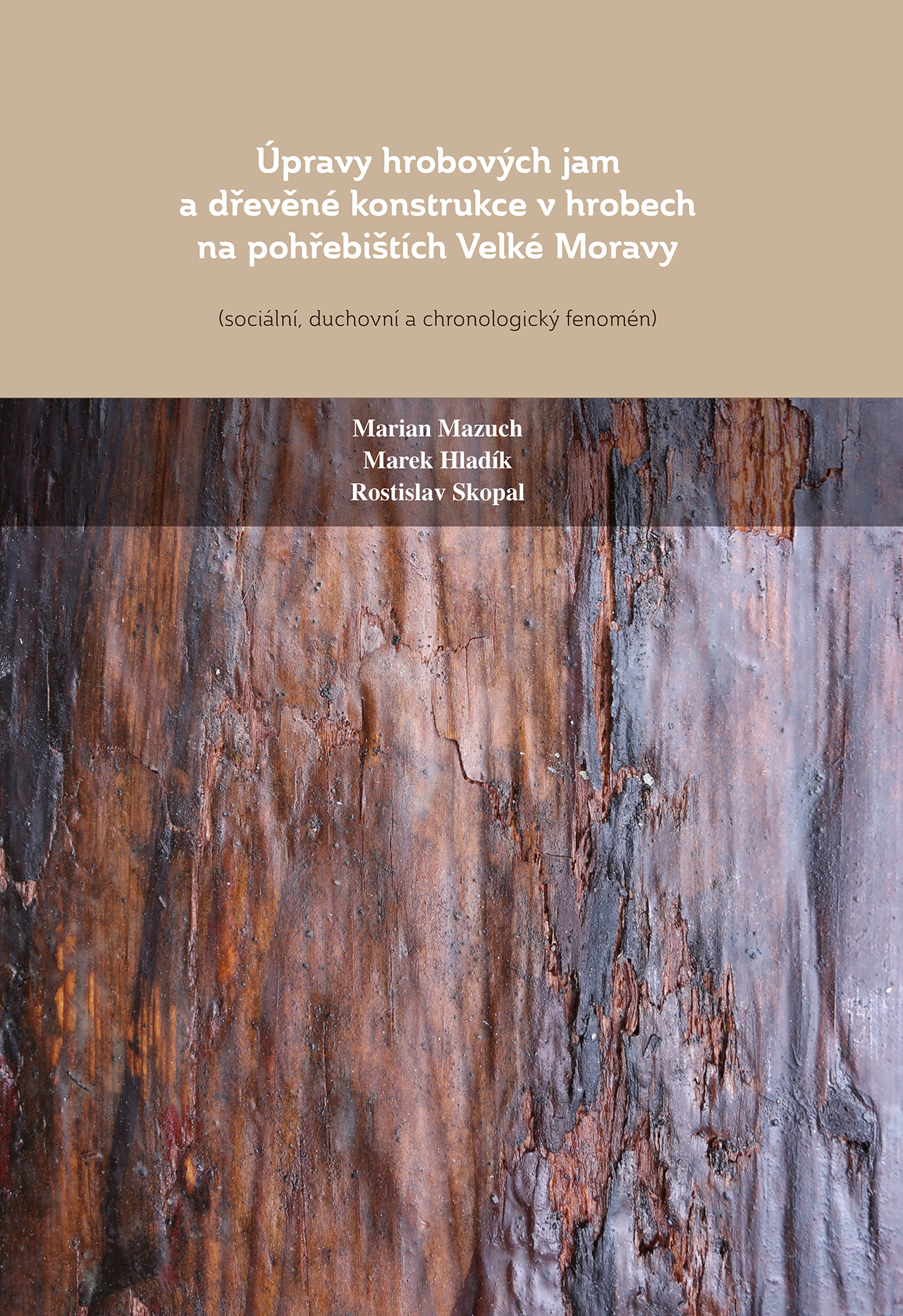Other monographs
Annotation
The book explores the phenomenon of wooden structures in Great Moravian graves at burial sites located near important centres, such as Mikulčice and Pohansko, and in peripheral areas (North Moravia). The objective is to describe and reconstruct grave arrangements and to present a theoretical model of social and economic relationships of individuals buried in different types of graves, economic or religious significance of grave arrangements, and the value of this phenomenon in terms of chronology. In addition to the basic categorisation and quantification of the studied phenomenon in relation to other burial rite attributes (using Dell Statistica on the analytical level and IBM SPSS, using ArcGIS on the geoinformational level), the work applies new research methods focused on mathematical testing of theoretical models, in particular, modelling using structural equations (IBM SPSS AMOS). Given the nature of the processed data, the modelling process uses non-parametric tests of the quality of models (bootstrap simulations). The objective is to develop stable theoretical models, which can be used to create a meaningful narrative interpretation, and also to discuss the possibilities and limitations of multidimensional reductions of analytical space, such as factor analysis or principal component analysis, which are used in archaeology very frequently, but not always properly. The work is concluded with a narrative model of structure, function (in socio-economic relations), frequency of use and chronology of wooden structures in Great Moravian graves.
Content
Obsah
6–7
Předmluva
8–10
Úvod (vymezení problému, metodika, cíle)
11–13
1. Metodologická východiska, cíle a metodika
14–25
2. Klasifikace a kategorizace úprav hrobových jam a dřevěných konstrukcí v hrobech
26–144
3. Deskripce dat, analýzy vztahů a teoretický model
145–270
4. Teoretický model
271–280
5. Dřevěné konstrukce v hrobech – interpretace, modely
281–307
Literatura
308–314
Resumé
315–336


